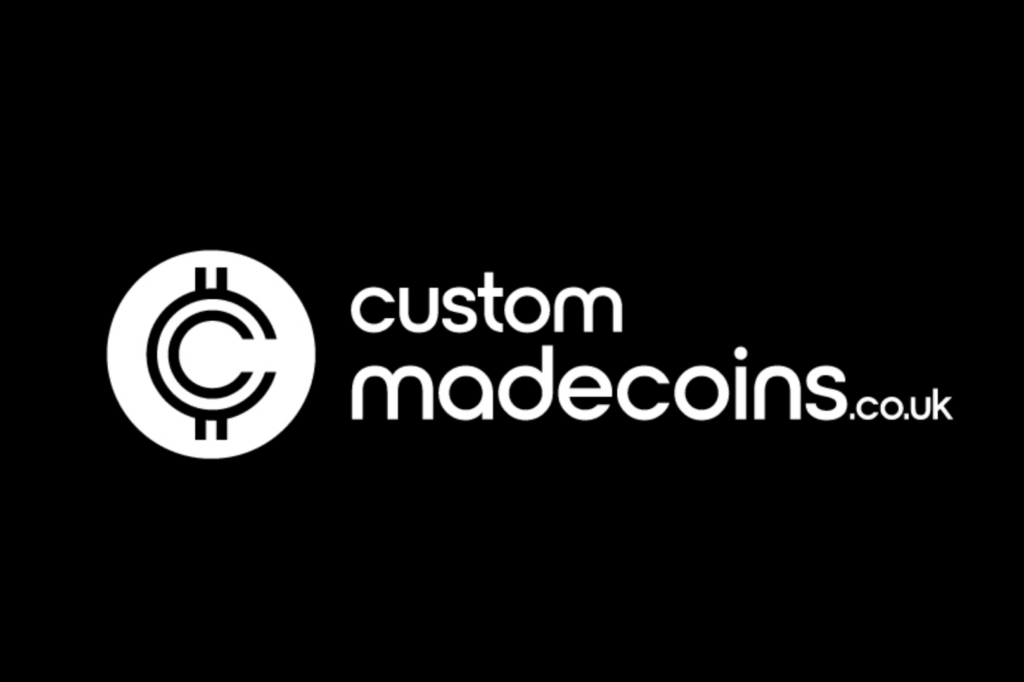If you’re unfamiliar with the world of coins, you may not know just how many different variants there can be. Two of the most common molds are die struck and die cast. When you’re deciding between different products, it’s important to understand some of the key distinctions between the two main types.
Die Struck Coin Basics
Die striking started centuries ago when blacksmiths would use a forge and heavy tools to hammer down a piece of heated metal. Die striking is helpful for coins that have a lot of color in their designs. They’re also useful if you’re looking to use a higher quality metal in your finished product. In many ways, die striking is somewhat self-explanatory. It entails striking the metal with your chosen design. This helps to press it into the metal. It allows for a solid level of detail that is both sharp and crisp without sacrificing much of the original quality.

Often, die striking is done on metals like iron and brass. They’re malleable enough for the striking product. They’re also higher quality than some other materials that might be a bit more suitable for the casting process. There are also a few primary differences between these common metals. The first is that iron is a bit more affordable. This comes with a small caveat, though: Iron is also not as high-quality as brass. Of course, on the other hand, brass is an excellent material but you have to be prepared to budget if you’re going to select this metal for your die struck coin.
Die Cast Coin Basics
While not as old as die striking, casting still has a lengthy history. Die casting has many applications and is a more modern technique that is great for several types of coins and medallions. If you’re looking for a coin or medal that has intricate details or shapes, oftentimes die striking isn’t the best option. As a result, you’re going to be looking more closely at the die casting process. If the name didn’t tip you off at all, die casting involved making a cast of your design. This happens when liquid or porous metal is poured into
the die. The metal will fill the recessed areas of the die and start to create your design.

Die casting is typically done with more malleable metals so it’s easier to achieve the level of intricacy. If you’ve ever seen a coin and wondered where are those intricate designs come from, you’re quite possibly looking at something that is die cast. Typically, once the casting process is done, you’ll have your coin finished to your specifications and then polished so it looks fresh and new.
Another thing that’s nice about the casting process is that it can be done in larger volumes and fairly quickly. If you need to place a large order of coins and want to make sure that they’re done well, casting might be the right option for you.
It’s important to understand, however, that casting doesn’t always produce the sharpest lines and edges. Sometimes, the human eye views cast metals as “softer” than others. So, while you can get somewhat of a larger amount of detail compared to a struck coin, you may not be able to achieve the same exact level of sharpness.
Uses of Coins
Commonly, custom coins are used by members of the military or armed forces. They’re a sign of camaraderie and they represent allegiance. Since Bill Clinton, every modern president has even selected their own custom design. These coins are often passed out to troops and foreign leaders as a sign of respect and goodwill. There’s also a longstanding tradition of “coin checking” between service members. However, even outside of the military, there are plenty of reasons for commissioning a custom coin.


